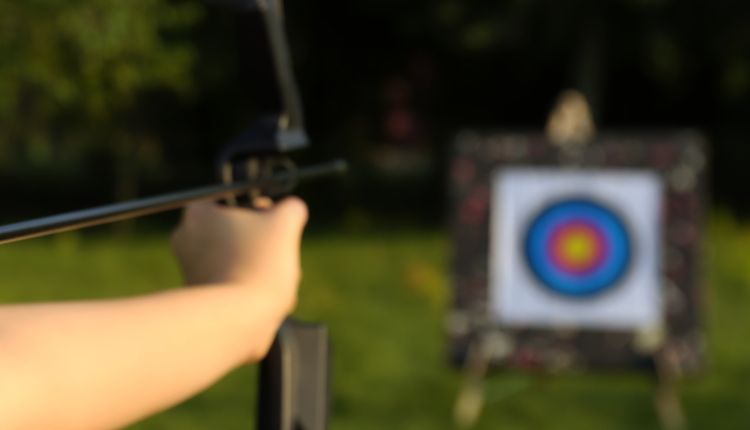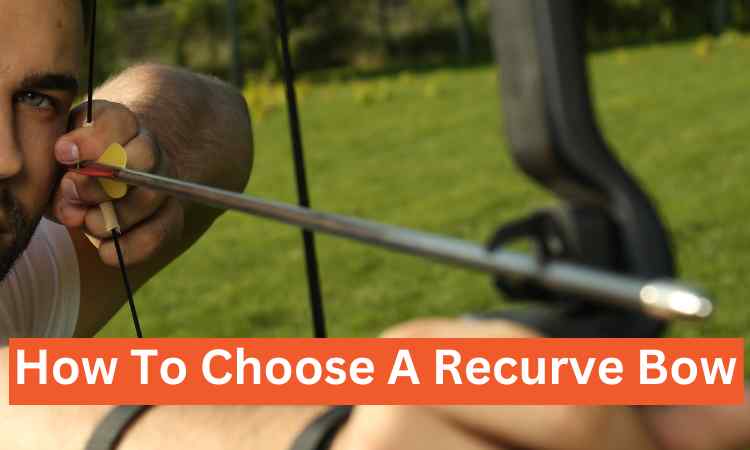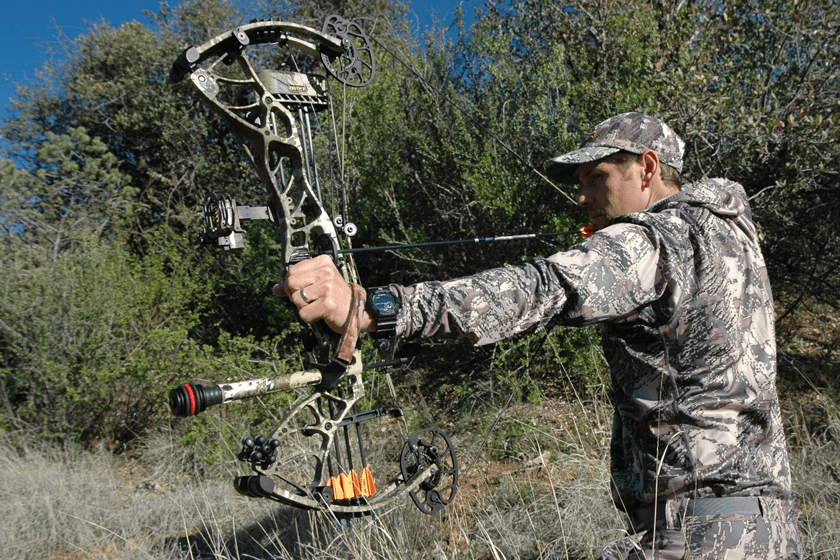Whether you are a beginner yearning for an exciting new hobby or an experienced archer seeking to refine your skills, selecting the right recurve bow is a pivotal step towards achieving your goals.
- Determine your level of experience and choose a poundage that is appropriate for your skill level.
- Consider your physical ability and choose a bow that is the right size and draw length for you.
- Decide on a budget and consider whether you’re willing to purchase a used bow or invest in a higher-end model.
- Consider the purpose of the bow and choose a bow that is specifically designed for your needs, whether it be target shooting, hunting, or competitive archery.
- Research and compare different brands and models, paying attention to quality, performance, and customer service.
In this detailed guide, we will walk you through the process of choosing the perfect recurve bow, tailored to your individual needs and aspirations.
We understand that the decision can be overwhelming, with countless options, specifications, and personal preferences to consider.
But fear not! We are here to demystify the world of recurve bows and help you find the one that ignites a fire within your soul.
Why Choosing A Recurve Bow Makes Efficient Performance?
Choosing the right recurve bow can greatly impact your efficiency and performance as an archer. A bow that is well-suited to your level of experience, physical ability, and specific goals will be easier to handle and shoot, leading to improved accuracy and consistency.
On the other hand, a poorly suited bow may be difficult to draw and hold steady, leading to frustration and poor performance.
Additionally, choosing a high-quality bow with advanced features, such as adjustable sights and customizable limbs, can further improve your efficiency and performance.
Overall, taking the time to choose the right recurve bow can lead to a more enjoyable and successful archery experience.
How To Choose A Recurve Bow?
Step 1 – Determine Your Level of Experience:
One of the first things you should consider when choosing a recurve bow is your level of experience. If you’re a beginner, it’s best to start with a lower poundage bow.
This will allow you to build up your strength and technique without overwhelming yourself.
On the other hand, if you’re a more experienced archer, you may want to opt for a higher poundage bow to challenge yourself and improve your skills.
To help you decide on the right poundage for your level of experience, take a look at the table below:
| Level of Experience | Recommended Poundage |
| Beginner | 20-30 lbs |
| Intermediate | 30-40 lbs |
| Advanced | 40+ lbs |
Step 2 – Consider Your Physical Ability:
In addition to your level of experience, it’s important to consider your physical ability when choosing a recurve bow.
You’ll want to choose a bow that you can comfortably draw and hold for an extended period of time.
If the bow is too heavy, you may struggle to draw it back and hold it steady, which can lead to poor accuracy and frustration.
To help you decide on the right size bow for your physical ability, consider the following factors:
Draw length:
The distance you need to pull the string back to properly anchor the bow. This is typically measured in inches and will depend on your arm length and technique.
Bow length:
The overall length of the bow. Shorter bows may be easier to handle for those with smaller frames, while longer bows may be more comfortable for those with larger frames.
Brace height:
The distance from the string to the belly of the bow. Shorter brace heights may offer a smoother draw and faster arrow speeds but may be more difficult to hold steady. Longer brace heights may be easier to hold steady but may have slower arrow speeds.

Step 3 – Decide on a Budget:
Another important factor to consider when choosing a recurve bow is your budget. Recurve bows can range in price from just a few hundred dollars to several thousand dollars.
While it’s possible to find a good quality bow at any price point, higher-end bows may offer more advanced features and better performance.
To help you decide on the proper budget for your needs, consider the following factors:
- How often will you be using the bow? If you’re an avid archer and plan on using the bow frequently, it may be worth investing in a higher-end model.
- Are you willing to purchase a used bow? If you’re on a tight budget, purchasing a used bow can be a good way to save money without sacrificing quality. Just be sure to research and ensure the bow is in good condition before making a purchase.
- What are your goals with the bow? If you have specific goals in mind, such as competitive archery or hunting, it may be worth investing in a higher-end bow that is specifically designed for those purposes.
The true essence of archery lies not in the accuracy of hitting the target, but in the journey of self-mastery, where every arrow becomes a testament to the unwavering spirit and relentless dedication of the archer – Olympic Medalist
Step 4 – Consider the Purpose of the Bow:
In addition to your budget and physical ability, it’s important to consider the purpose of the bow when choosing a recurve bow.
Different bows may be better suited for different types of shooting, such as target shooting, hunting, or competitive archery.
If you’re planning on using the bow for target shooting, you’ll want to look for a bow that is accurate and has a smooth draw. Some features to consider when choosing a target shooting bow include:
Wood or fiberglass limbs: Wood limbs may offer a more traditional feel and look, while fiberglass limbs may be more durable and require less maintenance.
Single or multi-piece riser: Single piece risers may offer a more traditional feel, while multi-piece risers may be easier to transport and store.
Adjustable sights: Adjustable sights can help you fine-tune your aim and improve your accuracy.
If you’re planning on using the bow for hunting, you’ll want to look for a bow that is powerful and reliable. Some features to consider when choosing a hunting bow include:
- Durability: A durable bow is important for withstanding the elements and rough terrain of the hunt.
- Quietness: A quiet bow will help you stay stealthy and avoid spooking your prey.
- Speed: A faster bow will help you deliver a quick, powerful shot.
If you’re planning on using the bow for competitive archery, you’ll want to look for a bow that is accurate and consistent. Some features to consider when choosing a competitive archery bow include:
- Stability: A stable bow will help you maintain a consistent anchor point and improve your accuracy.
- Customization: A customizable bow will allow you to fine-tune the bow to your specific needs and preferences.
- Weight: A lightweight bow will be easier to handle and hold steady during long rounds of competition.
Step 5 – Research and Compare Different Brands and Models:
Once you have a good idea of your budget, physical ability, and purpose for the bow, it’s time to start researching and comparing different brands and models.
This is where you’ll be able to narrow down your options and find the right bow for your needs.
There are several resources you can use to research and compare different brands and models, including:
- Online reviews: Reading reviews from other archers can give you a good idea of the pros and cons of different bows.
- Manufacturer websites: Many manufacturers have detailed information about their bows on their websites, including specifications and features.
- Archery forums and communities: Joining an archery forum or community can give you the opportunity to ask questions and get feedback from other archers.
When researching and comparing different brands and models, be sure to pay attention to the following factors:
- Quality: Look for a bow that is well-made and built to last.
- Performance: Consider the bow’s accuracy, speed, and consistency.
- Customer service: Choose a manufacturer with a good reputation for customer service in case you need any support or repairs.
Here is my preference for brand and efficiency
| Brand | Model | Quality | Performance | Customer Service |
| Samick | Sage | Excellent | Excellent | Good |
| Martin Archery | Jaguar | Good | Good | Excellent |
| PSE | Stinger X | Good | Excellent | Fair |
| Hoyt | Carbon Spyder | Excellent | Excellent | Excellent |
| Bear Archery | Brave | Good | Good | Good |
Conclusion:
If you maintain the above steps, I hope you can find the best for you.

General Manager & Auditorial Head.
Killian Jake is a World Sports Traveler and hobbyist sports lover. By exploring different sorts of playing modules like indoor, outdoor, and many more. As for professionalism and writing, it’s helpful to give you the right suggestions on different games and sports.




